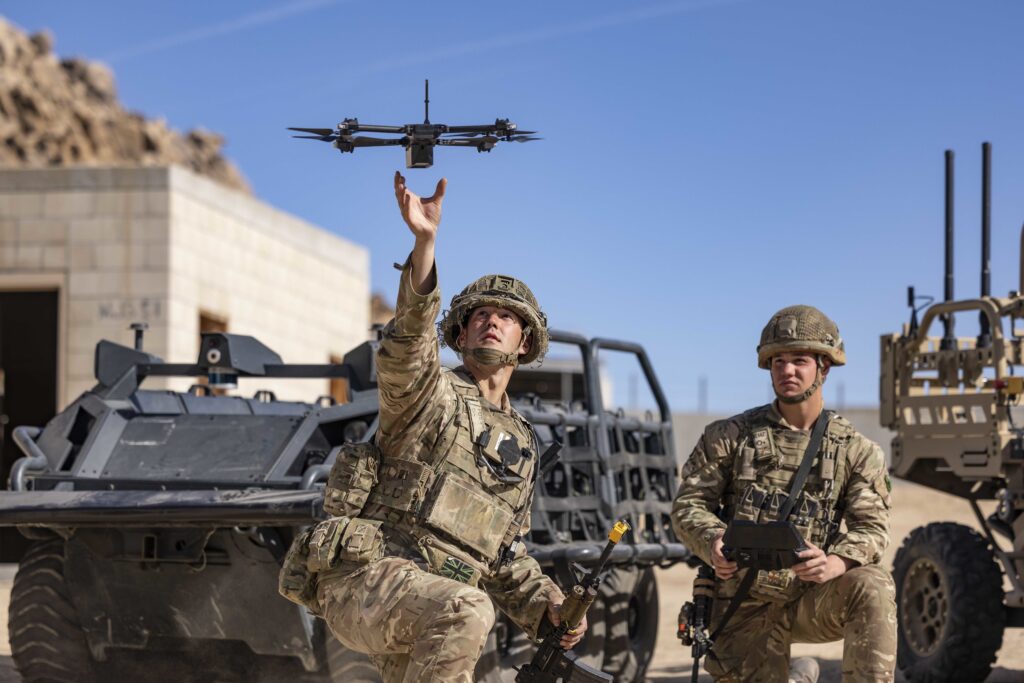In this article, we will delve into the world of advanced weapons systems, exploring the latest innovations in military technology that are shaping the future of warfare. From stealth technology like the F-22 Raptor to unmanned aerial vehicles such as the Predator drone, and from directed energy weapons like the Navy’s Laser Weapon System to the realm of cyber warfare with examples like the Stuxnet worm, we will examine the capabilities and implications of these cutting-edge tools of war. As technology progresses, it is essential for military forces to embrace and adapt to these advancements to maintain dominance on the battlefield.
Advanced Weapons Systems: A Look at the Latest Innovations in Military Technology
Introduction
Advancements in military technology have always played a crucial role in shaping the outcomes of conflicts and wars. With each passing year, new weapons systems are developed that are more sophisticated, efficient, and deadly than ever before. In this article, we will take a closer look at some of the latest innovations in military technology, focusing on advanced weapons systems that are currently in use or in development.
Stealth Technology
One of the most significant advancements in military technology in recent years is the development of stealth technology. Stealth technology refers to a combination of techniques that make an aircraft or other military vehicle virtually invisible to radar and other detection systems. This allows for stealthy operations and enables the element of surprise in combat situations.
The F-22 Raptor
The F-22 Raptor is one of the most advanced fighter jets in the world, known for its stealth capabilities and superior maneuverability. It is equipped with cutting-edge sensors and weapons systems, making it a formidable opponent in air-to-air combat.
Unmanned Aerial Vehicles (UAVs)
Unmanned Aerial Vehicles, or drones, have become a key component of modern military operations. These unmanned aircraft can be used for surveillance, reconnaissance, and even airstrikes, without putting human pilots at risk. They are also becoming increasingly autonomous, with the ability to operate independently and make decisions on their own.
The Predator Drone
The Predator drone is one of the most well-known UAVs in use today. It is equipped with advanced sensors and cameras, allowing it to gather intelligence and carry out precision strikes against enemy targets.
Directed Energy Weapons
Directed energy weapons are a new type of weapon that use concentrated energy beams to disable or destroy targets. These weapons can come in the form of lasers, microwaves, or particle beams, and have the potential to revolutionize warfare by delivering precise, instantaneous damage without the need for traditional explosives.
The Navy’s Laser Weapon System (LaWS)
The Navy’s Laser Weapon System, or LaWS, is a cutting-edge directed energy weapon that can destroy enemy drones and small boats with pinpoint accuracy. It is mounted on a ship and is capable of operating in various weather conditions, making it a versatile and effective tool for maritime operations.
Cyber Warfare
In addition to traditional weapons systems, cyber warfare has become an increasingly important aspect of modern military operations. Cyber attacks can target critical infrastructure, disrupt communications, and steal sensitive information, making them a potent form of warfare in the digital age.
The Stuxnet Worm
The Stuxnet worm is one of the most infamous examples of a cyber weapon. It was designed to target Iran’s nuclear facilities, causing significant damage to their centrifuges and slowing down their nuclear program. This demonstrates the potential power of cyber weapons in disrupting enemy operations without the need for physical force.
Conclusion
As technology continues to advance, the landscape of warfare is constantly evolving. From stealth aircraft to unmanned drones to directed energy weapons, the latest innovations in military technology are reshaping the way wars are fought. It is crucial for military forces to stay ahead of these developments and continuously adapt their strategies to take advantage of these cutting-edge weapons systems.
